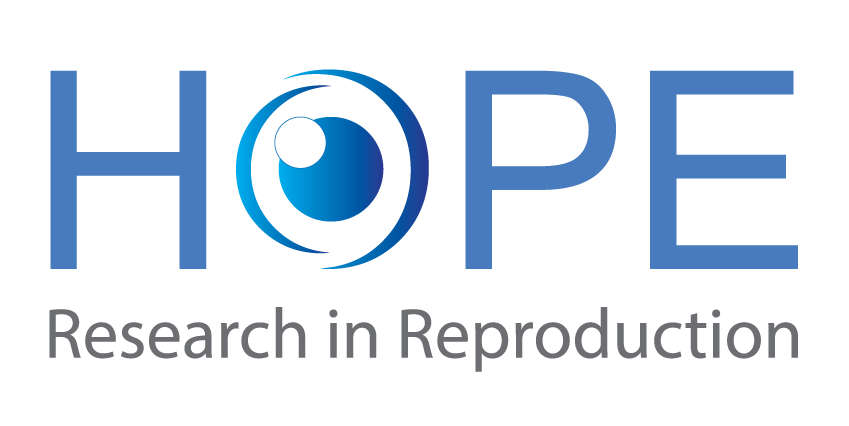Mai Ngoc Thi Tran 1,2, Khiem Tran Dang 3,4, Luong Dai Ly 2,5, Nam Quang Tran 1,6
Published: 07 May, 2022
Author information
1 Department of Endocrinology, University of Medicine and Pharmacy at Ho Chi Minh City, 217 Hong Bang, Ward 11, District 5, Ho Chi Minh City, Vietnam
2 Endocrinology Clinic, My Duc Hospital, Ho Chi Minh City, Vietnam
3 Department of Surgery, University of Medicine and Pharmacy at Ho Chi Minh City, Ho Chi Minh City, Vietnam
4 Grant and Innovation Center, University of Medicine and Pharmacy at Ho Chi Minh City, Ho Chi Minh City, Vietnam
5 Department of Endocrinology, Vietnam National University, Ho Chi Minh City, Vietnam
6 Department of Endocrinology, University Medical Center at Ho Chi Minh City, Ho Chi Minh City, Vietnam
Abstract
Purpose This study assessed the effectiveness of basal-bolus insulin therapy (BBIT) in non-critically ill patients with type 2
diabetes mellitus (DM) and the factors associated with optimal inpatient glycemic control (IGC) with BBIT.
Methods This prospective study included 103 patients who were admitted to the University Medical Center and were treated
with BBIT. Clinical characteristics, glucose, and glycated hemoglobin (HbA1c) levels at admission, renal function tests, basalbolus insulin dosing, and other treatments were recorded. The optimal IGC was defined and classified for the analysis.
Results The mean age of the patients was 67.2 ± 12.0 years. The blood glucose and HbA1c levels at admission were 319.2 ± 184.8 mg/dL and 10.7 ± 2.6%, respectively. Optimal IGC was defined as patients with ≥60% of in-hospital blood glucose values within the target range (3.9–10 mmol/L). Of the 103 patients, 66 patients (64%) achieved optimal IGC and only 5 patients (4.9%) had at least one hypoglycemic episode. The number of patients consuming snacks was higher in the poor than in the optimal IGC group whereas an estimated glomerular filtration rate (eGFR) <45-mL/min/1.73 m2 was predominant in the optimal IGC group. Multivariate analysis revealed that snack consumption and glucocorticoid (GC) use were factors associated with poor IGC, while eGFR <45 mL/min/1.73 m2 was a favorable factor for optimal IGC.
Conclusion BBIT is safe and effective for the treatment of IGC in non-critically ill patients. Moreover, eGFR <45 mL/min/
1.73 m2 at admission, snack consumption, and GC therapy were independent factors associated with IGC outcomes.
KEYWORDS:
Type 2 diabetes mellitus . Inpatient glycemic control . Basal–bolus insulin therapy . Snack consumption . Glucoco
